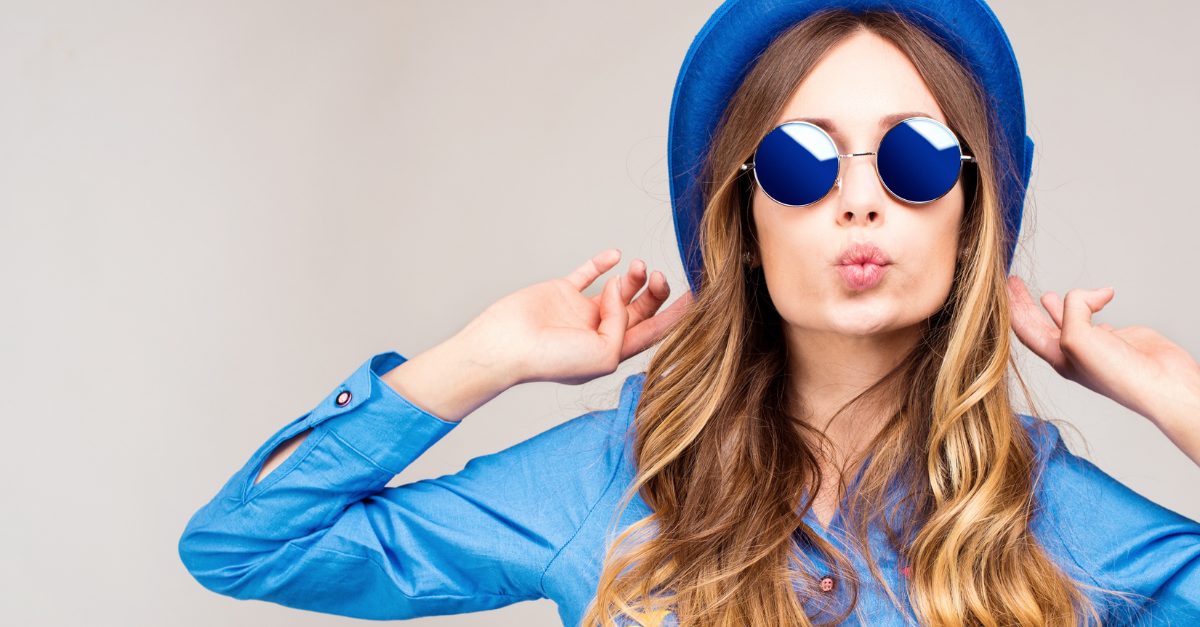I’m far from a tech junky, I know relatively little about the latest and greatest in the world of technology. So when I heard a friend mention Samsung’s new Galaxy Z Flip4 and Galaxy Z Fold4 phones, I needed some context. I learned that they’re really innovative, offering cool features that other popular models don’t, like dual screens.
The fact that I had never heard of these phones is mostly due to my disinterest in technology. But I can’t deny that there’s another big reason for my ignorance—and that’s because of the brand.
Samsung phones may not be on my radar, but plenty of other people believe Samsung and Android phones are superior to the popular iPhone. In fact, Android is the leading mobile operating system worldwide by enormous margins. However, most American Millennials don’t seem to agree. Apple’s iOS dominates over half of the United States mobile OS market share.
Generally, American Millennials think Apple is cool—far cooler than any other mobile phone brand. That’s exemplified by the comments I saw on a social media ad for Samsung’s new phones. One comment stated, “I don’t care how groundbreaking [the Samsung Galaxy Z Flip4] is, I would still rather pay $5000 for an iPhone.” That’s pretty powerful!
So what makes Apple and other brands appealing to Millennials? And, by comparison, does your brand capture the Millennial eye? If you can tap into trendy brands’ secret sauce, you could potentially be the next Apple.
How Apple Became Cool
Like all enduring brands, Apple got cool when they started building brand loyalty with kids. In 1998, when Millennials were between 2 and 17 years old, Apple released the iMac right before the start of the school year. Schools newly adding or updating their computer labs invested in these desktops. And let me tell you from personal experience, this technology was awesome. The iMac desktops were like bright, candy-coated treats that starkly contrasted their big, boring gray predecessors. We immediately fell in love and fought over these computers every time we entered the lab.
Then as we grew up, Apple continued to release sought-after technology. In 2001 they released the iPod, along with the iTunes store, which further compelled people to invest in the brand.
By this time, Apple had established itself as the reigning tech giant. As the cherry on top, they released their memorable “Get a Mac” campaign in 2006, in which Justin Long played the hip, young Mac, and comedian John Hodgman played the dweeby PC. Everybody understood the message: owning Apple products made you cool.
For decades, Apple has continued to build qualities that make their brand attractive to Millenials. They offer things like cutting-edge technology, streamlined UX with almost no learning curve, and compatible products in which users can connect all their devices, including their phones, computers, tablets, and even cars.
Cool Brands (according to Millennials, at least)
Millennials love the giants like Apple, Netflix, Google, and Amazon, but lots of other brands also appeal to us. Here, I’ve compiled a short list of brands that Millennials covet for their trendiness:
- Allbirds. I asked a small group of Millennials which companies they think are cool, and Allbirds came up multiple times. Millennials say their products have a modern look and are undeniably practical. Plus, they prioritize sustainability, which Millennials and Gen Zs value supremely. But beyond their actual products, Millennials like their marketing. Their aesthetic is akin to Nike but greener and a little quirkier.
- Trader Joe’s. I’ve never seen a marketing campaign or even an ad for Trader Joe’s, yet they’ve managed to become the Mecca for Millennial grocery shopping. Millennials are absolutely obsessed with Trader Joe’s, and that’s because the grocery store has tapped into every angle of the Millennial market through product offerings and pricing. They offer nourishing snacks with natural ingredients for the health-conscious and pre-made foods for young professionals and busy parents, all at impressively reasonable prices. I’ve seen Millennials share lengthy Trader Joe’s hauls on social media detailing every item they purchased to influence other Millennials to jump on board. Trader Joe’s has essentially created a marketing machine they don’t even need to operate.
- Dyson. My mom tells a funny story of me as a toddler, plopped in front of the TV (the Millennial babysitter), telling her to “buy that vacuum.” I had just watched a Dyson commercial and believed that it was the ultimate cleaning machine. Ironically, Dyson was and still is one of the top vacuum cleaners on the market. But even though I was only 3, something about James Dyson’s British accent or his detailed product descriptions convinced me that it was the best. Since then, Dyson has continued to impress Millennials with a range of new products like the Airwrap, despite their exorbitant prices.
What do all three of these brands have in common? They researched every detail of their target audience and invested in their findings.
Are you doing the same for your brand? When you’re ready to step up your cool factor, contact the experts at Sophelle to help spruce up your retail strategy.




